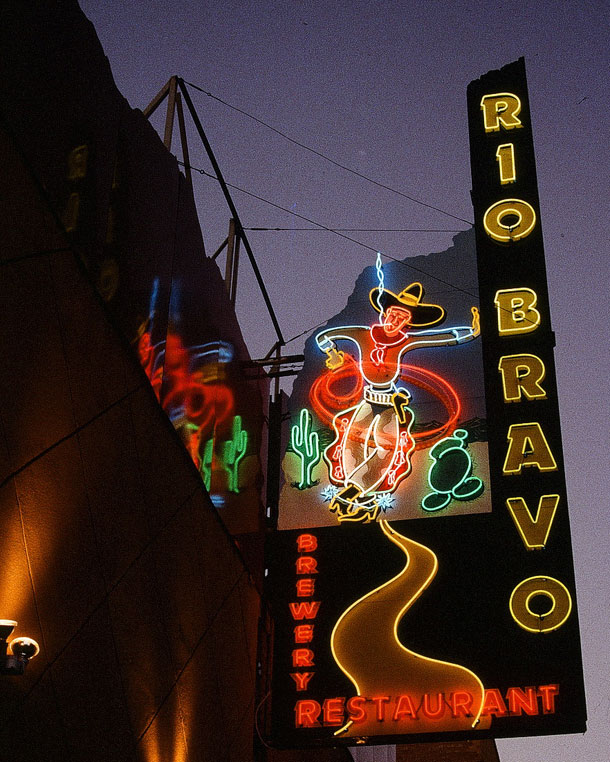MONDAY BEER LINKS, MUSING 07.06.15
The Good, the Bad & the Murky — Brew Britannia: One Year On.
Boak & Bailey are taking off the rest of July after posting this epic (11,000 words) look at the British beer world since their wonderful book, “Brew Britannia,” came out last year. If you find sentences like this seductive (I do) you need to set aside some time: “When we can buy a bottle of London murky brewed in Berlin, Barcelona or San Diego, then we’ll know for sure it has become ‘a thing’, as London porter did centuries before.” [Via Boak & Baley’s Beer Blog]
Toward sincere beer.
I wish I’d written this. The first chapter of the book that was going to be called “Indigenous Beer” and now might be called “Brewing Local” will be about place and, ahem, terroir. That means trying to sort out post-industrial, postmodern, and post-Fordist beer. This really smart writing from Joe Stange increases the chance I might make sense. [Via DRAFT]
It was going to be a long night at U Fleku…
Here’s the first chapter of a beer book “that would fuse travel, history and beer” Adrian Tierney-Jones was thinking he’d like to write. The book is on hold for now, and it might take on a radically different form should it spring back to life, so Tierney-Jones writes we should consider this a first draft. In any event, another one for Pocket. [Via Called to the Bar]
The story behind Not Your Father’s Root Beer.
Geez, this alcoholic beverage sure pisses off some people on my Twitter feed. I’ve succeeded so far in paying a minimum of attention, but this story from Don Russell is too interesting to pass on. [Via Joe Sixpack]
Is New York in Danger of Losing Its Most Interesting Beer Boutiques?
If so, why? [Via Grub Street]
The Haight.
Ron Pattinson was in California last month, among other things selling what he calls his “proper” book— “Home Brewer’s Guide to Vintage Beer.” But he has many more to choose from. Reading about adventures in and about The Haight reminded me of some of the travel-oriented ones, of which “Trips (South)” is my favorite. [Via Shut Up About Barclay Perkins]
Seventeen Go To Berlin And Have A Really Good Time.
Road trip. [Via Total Ales]
